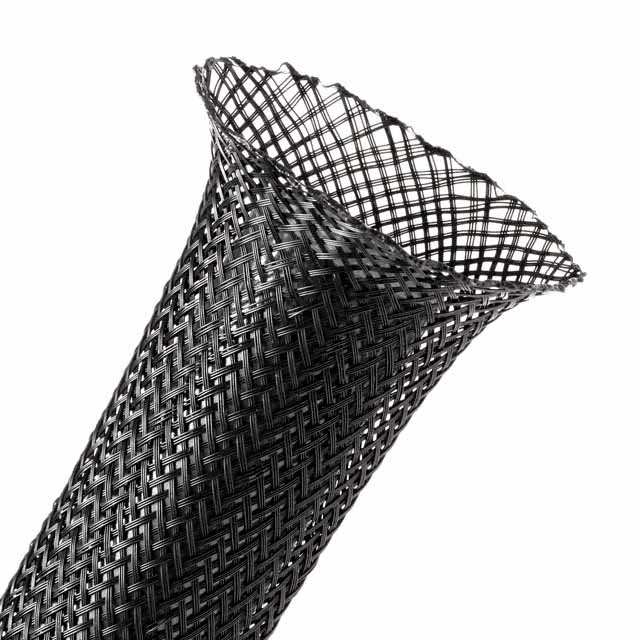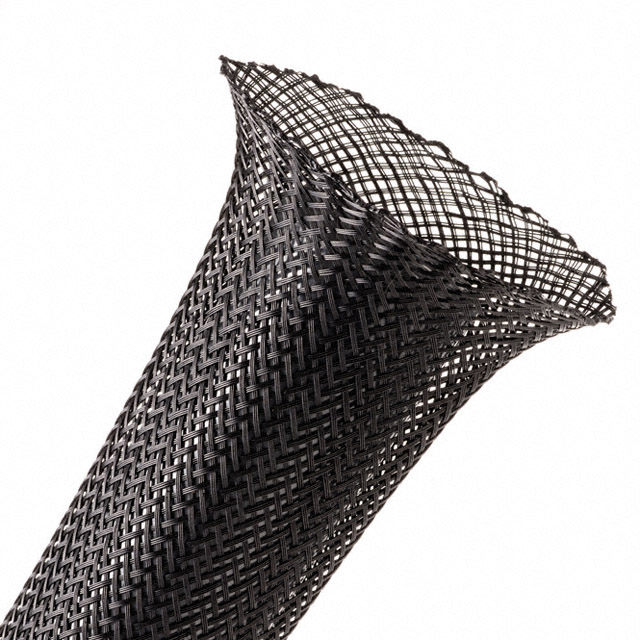PTN1111: Features: • 80 ps part-to-part skew• 20 ps output-to-output skew• Differential design• PECL inputs and outputs• VBB reference output voltage available• 75 kW inpu...
floor Price/Ceiling Price
- Part Number:
- PTN1111
- Supply Ability:
- 5000
Price Break
- Qty
- 1~5000
- Unit Price
- Negotiable
- Processing time
- 15 Days
SeekIC Buyer Protection PLUS - newly updated for 2013!
- Escrow Protection.
- Guaranteed refunds.
- Secure payments.
- Learn more >>
Month Sales
268 Transactions
Payment Methods
All payment methods are secure and covered by SeekIC Buyer Protection PLUS.

 PTN1111 Data Sheet
PTN1111 Data Sheet








